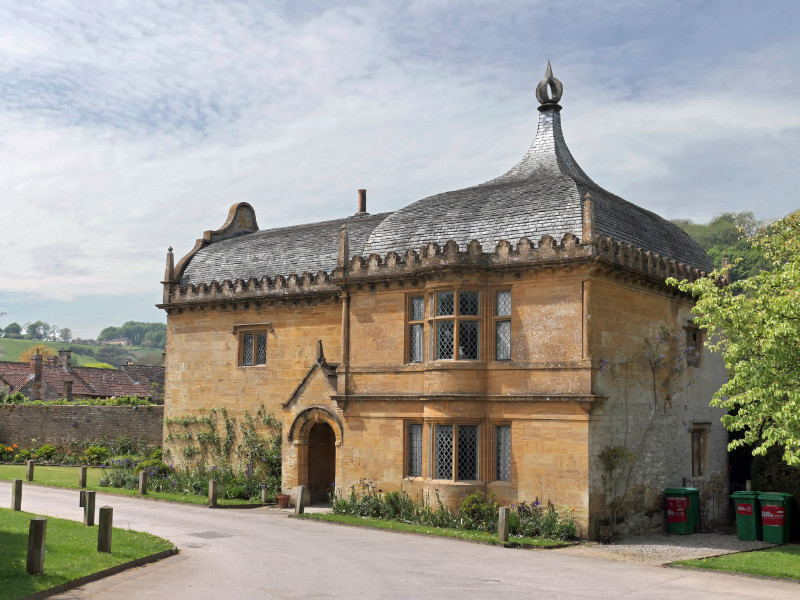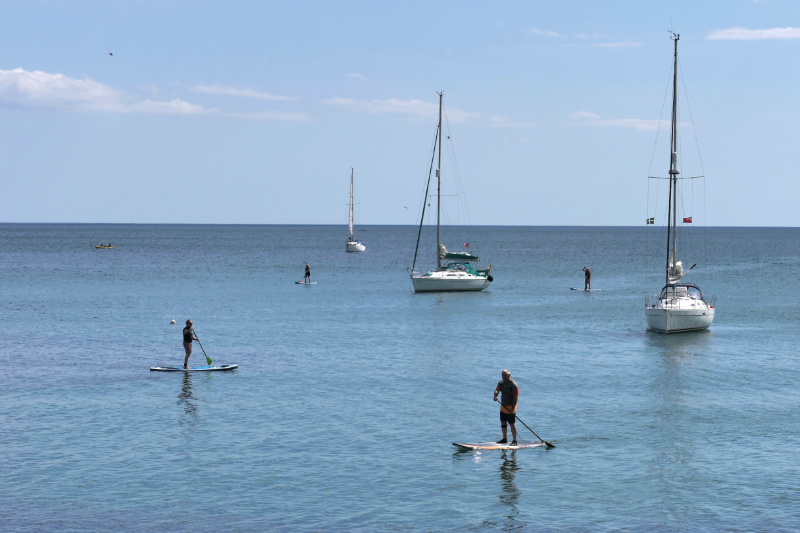I'm no canoeist but by my reckoning here must be more canoeing on the River Wye than any other English (and possibly British) river. Several companies exist to facilitate it at various places along the river's length, and many canoe owners transport their own vessels to the provided launching points. Large sections of the river are placid in the summer months and none of the rapids are particularly difficult, even to novices. Add to that the changing character of the landscape through which the Wye passes - from serpentine flatlands to gorges with cliffs and woods, and the attraction to canoeists is readily understood. These canoes were tied up on the River Wye at Symonds Yat, a favoured haunt for a number of watery activities.
photo © T. Boughen Camera: Lumix FZ1000 2



















